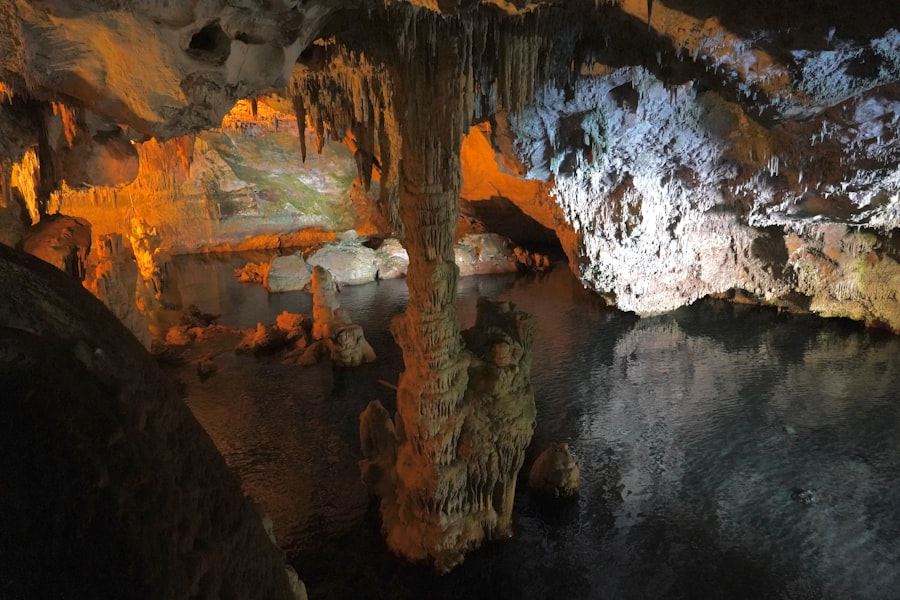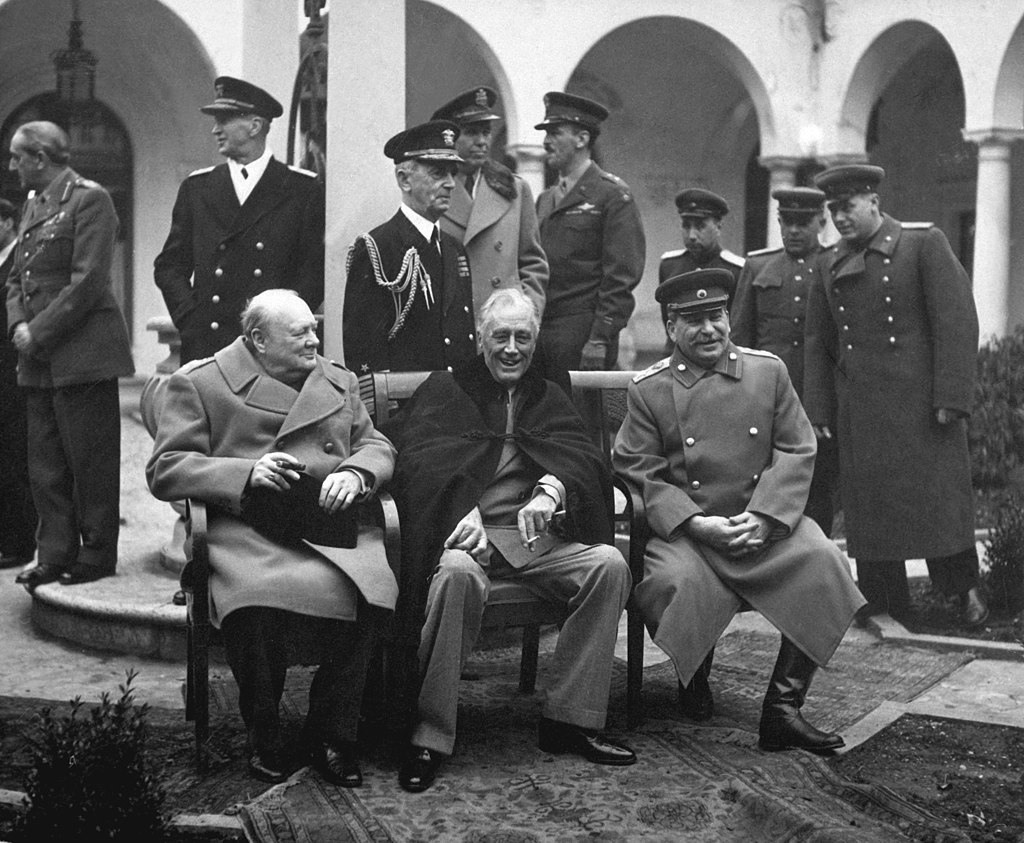The history of humanity is a tapestry woven from a multitude of epochs, each marked by significant developments that have shaped the course of civilisations. These epochs are not merely chronological markers; they represent transformative periods that have redefined human existence, culture, and interaction with the environment. From the earliest hunter-gatherer societies to the complex global networks of today, each era has contributed to the evolution of human identity and societal structures.
Understanding these epochs provides insight into how humanity has adapted to challenges, harnessed resources, and created intricate social systems. The study of human epochs is not just an academic pursuit; it is essential for comprehending the trajectory of our species. Each period is characterised by distinct technological advancements, social hierarchies, and cultural practices that reflect the prevailing conditions of the time.
By examining these epochs, we can better appreciate the achievements and failures of our ancestors, as well as the lessons they impart for contemporary society. This exploration begins with the Paleolithic Era, a time when humanity was in its infancy, yet laid the groundwork for all subsequent developments.
Summary
- Human epochs are distinct periods in history marked by significant developments in human civilization and technology.
- The Paleolithic Era saw the emergence of early human societies and the use of stone tools for hunting and gathering.
- The Neolithic Revolution marked a shift towards agriculture, leading to the establishment of settlements and the domestication of animals.
- The Bronze Age brought about advancements in metalworking, leading to the development of urban centers and complex societies.
- The Iron Age witnessed the expansion of empires, increased trade, and the development of iron tools and weapons.
The Paleolithic Era: The Dawn of Human Civilization
The Paleolithic Era, often referred to as the Old Stone Age, spans a vast period from approximately 2.6 million years ago to around 10,000 BCE. This epoch is characterised by the emergence of Homo sapiens and their gradual evolution into anatomically modern humans. During this time, early humans lived as nomadic hunter-gatherers, relying on their environment for sustenance.
They developed tools made from stone, bone, and wood, which were essential for hunting animals and gathering plant materials. The creation of these tools marked a significant leap in cognitive development and problem-solving abilities. Artistic expression also flourished during the Paleolithic Era, as evidenced by cave paintings found in locations such as Lascaux in France and Altamira in Spain.
These artworks not only demonstrate early humans’ aesthetic sensibilities but also suggest a complex understanding of their surroundings and a desire to communicate experiences and beliefs. The use of symbolism in these paintings indicates that early humans were beginning to form social bonds and cultural identities, laying the groundwork for more complex societies in later epochs. The spiritual beliefs that may have accompanied these artistic expressions hint at an emerging sense of self and community.
The Neolithic Revolution: Transition to Agriculture and Settlements

The Neolithic Revolution, which began around 10,000 BCE, represents a pivotal shift in human history as societies transitioned from nomadic lifestyles to settled agricultural communities. This transformation was driven by the domestication of plants and animals, which allowed for more reliable food sources. The cultivation of crops such as wheat, barley, and rice enabled populations to grow, leading to the establishment of permanent settlements.
This shift not only altered human diets but also fundamentally changed social structures. As communities settled, they began to develop more complex social hierarchies and governance systems. The surplus food produced through agriculture allowed some individuals to specialise in roles beyond mere survival, leading to the emergence of artisans, traders, and leaders.
This diversification of labour fostered trade networks and cultural exchanges between different groups. Notable examples include the Fertile Crescent in the Middle East, where early civilisations such as Sumer and Akkad flourished due to their agricultural innovations. The Neolithic Revolution thus set the stage for the rise of cities and the eventual development of writing systems, which would further enhance communication and record-keeping.
The Bronze Age: Advances in Technology and Urbanization
The Bronze Age, which began around 3300 BCE in some regions, marked a significant advancement in technology and societal organisation. The discovery of metallurgy led to the creation of bronze—a durable alloy of copper and tin—revolutionising tools and weapons. This technological innovation facilitated agricultural productivity and military prowess, allowing societies to expand their territories and influence.
The ability to forge stronger tools enabled more efficient farming practices, which in turn supported larger populations. Urbanisation became a defining characteristic of the Bronze Age as cities emerged as centres of trade, governance, and culture. Civilisations such as those in Mesopotamia, Egypt, and the Indus Valley developed intricate social structures and monumental architecture.
The construction of ziggurats in Mesopotamia and pyramids in Egypt exemplifies the architectural achievements of this era. Additionally, writing systems such as cuneiform and hieroglyphics emerged during this time, enabling record-keeping and communication across vast distances. The Bronze Age thus laid the foundation for complex societies characterised by stratified social classes, trade networks, and cultural exchanges that would shape future civilisations.
The Iron Age: Expansion of Empires and Trade
The Iron Age followed the Bronze Age around 1200 BCE and was marked by the widespread use of iron for tools and weapons. This transition brought about significant changes in agricultural practices and military strategies. Iron’s abundance compared to bronze made it more accessible for various societies, leading to increased agricultural efficiency and enhanced warfare capabilities.
As a result, many cultures experienced population growth and territorial expansion. During this period, empires began to rise on an unprecedented scale. The Assyrian Empire is a prime example; it utilised iron weaponry to conquer vast territories across the Near East.
Similarly, the Persian Empire expanded its influence through effective administration and infrastructure development, including roads that facilitated trade across its vast expanse. Trade routes flourished during the Iron Age, connecting distant regions and enabling cultural exchanges that enriched societies. The Silk Road emerged as a vital network for commerce between East and West, facilitating not only the exchange of goods but also ideas, technologies, and religious beliefs.
The Middle Ages: Feudalism, Crusades, and Renaissance

The Middle Ages, spanning roughly from the 5th to the late 15th century, was a period marked by significant social upheaval and transformation in Europe following the fall of the Roman Empire. Feudalism became the dominant social structure during this time, characterised by a hierarchy of lords, vassals, and serfs. Land ownership was central to power dynamics; lords granted land to vassals in exchange for military service while serfs worked the land under various obligations.
This system created a rigid social order that defined relationships within medieval society. The Crusades were another defining feature of this epoch, representing a series of religious wars initiated by European Christians aimed at reclaiming Jerusalem from Muslim control. These military campaigns not only had profound religious implications but also facilitated cultural exchanges between Europe and the Islamic world.
The contact with advanced Islamic civilisations introduced Europeans to new ideas in science, medicine, philosophy, and art. This period also saw the emergence of universities in Europe, which became centres for learning and intellectual discourse. As the Middle Ages progressed towards its conclusion, a cultural revival known as the Renaissance began to take shape in Italy during the 14th century.
This movement marked a renewed interest in classical antiquity and humanism, leading to remarkable advancements in art, literature, science, and philosophy. Figures such as Leonardo da Vinci and Michelangelo epitomised this flourishing creativity through their masterpieces that celebrated human potential and achievement.
The Modern Era: Industrial Revolution and Globalization
The Modern Era commenced with profound changes brought about by the Industrial Revolution in the late 18th century. This period was characterised by a shift from agrarian economies to industrialised ones as mechanisation transformed production processes. Innovations such as the steam engine revolutionised transportation and manufacturing, leading to urbanisation as people flocked to cities for work opportunities.
The rise of factories fundamentally altered labour dynamics and social structures. Globalisation emerged as a significant consequence of industrialisation; advancements in transportation and communication facilitated international trade on an unprecedented scale. The British Empire exemplified this phenomenon as it expanded its reach across continents, establishing colonies that provided raw materials for British industries while creating markets for manufactured goods.
This interconnectedness fostered cultural exchanges but also led to exploitation and conflict as imperial powers sought dominance over resources. The Modern Era also witnessed significant social movements advocating for rights and reforms. The abolitionist movement sought to end slavery while women’s suffrage campaigns fought for gender equality.
These movements reflected a growing awareness of human rights issues that would shape political landscapes worldwide.
The Anthropocene: Human Impact on the Environment and Future Epochs
The Anthropocene is a term used to describe the current epoch characterised by significant human impact on Earth’s geology and ecosystems. This era is marked by unprecedented environmental changes driven by industrialisation, urbanisation, deforestation, pollution, and climate change.
The Anthropocene challenges humanity to reconsider its relationship with nature and its responsibility towards future generations. As we face pressing issues such as climate change, resource depletion, and habitat destruction, there is an urgent need for sustainable practices that balance economic growth with environmental stewardship. Innovations in renewable energy sources like solar and wind power offer potential pathways towards mitigating climate change impacts while fostering economic resilience.
Looking ahead, future epochs may be defined by humanity’s ability to adapt to these challenges or succumb to them. The choices made today regarding technology use, resource management, and social equity will shape not only our immediate future but also the legacy we leave for subsequent generations. Understanding our past through these epochs provides valuable insights into navigating an uncertain future while striving for a more sustainable coexistence with our planet.
FAQs
What are human epochs in anthropology and history?
Human epochs refer to distinct periods of time in human history that are characterized by significant changes in human culture, technology, and social organization. These epochs are often defined by major shifts in human development and are used by anthropologists and historians to categorize and study different eras of human existence.
What are some examples of human epochs?
Some examples of human epochs include the Paleolithic era, the Neolithic era, the Bronze Age, the Iron Age, the Industrial Revolution, and the Information Age. Each of these epochs is marked by significant advancements in human society, such as the development of agriculture, the use of metal tools, and the rise of industrialization and technology.
How do anthropologists and historians define human epochs?
Anthropologists and historians define human epochs based on key cultural, technological, and social changes that occurred during specific periods of time. These changes are often used to distinguish one epoch from another and to understand the progression of human development over time.
Why are human epochs important in the study of anthropology and history?
Human epochs are important in the study of anthropology and history because they provide a framework for understanding the evolution of human society and culture. By categorizing different periods of time into distinct epochs, researchers can analyze the factors that contributed to significant changes in human development and gain insights into the patterns of human history.
How do human epochs impact modern society?
Human epochs have had a profound impact on modern society by shaping the cultural, technological, and social foundations that exist today. For example, the agricultural revolution of the Neolithic era laid the groundwork for modern farming practices, while the Industrial Revolution transformed the way goods were produced and led to the rise of urbanization and industrialization. Understanding these epochs helps us comprehend the roots of modern society and the forces that have shaped it.


